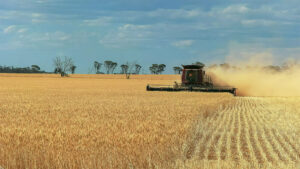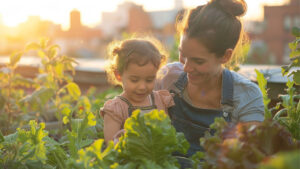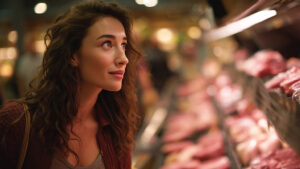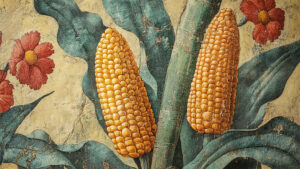Tasmania is called the Apple Isle. And yes, a lot of apples grow there. But how did it all start? And how did Australian orchardists become the great apple breeders that we are today?
For the origins, we go back to the first days of English colonisation. Captain James Bligh anchored his ship, the Bounty, at what’s now called Bruny Island.
One of the things his crew did whilst there was to plant fruit trees, which included three apple seedlings. It wasn’t until the 1830s that apples became a commercial crop.
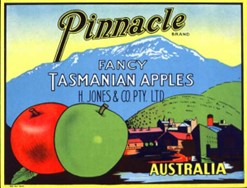
Whilst Tasmania is synonymous with apples, it’s not the biggest apple-producing state.
In the 1830s, the first orchards were established on the mainland – at Portland in Victoria. Others were planted at Hawthorn and Balwyn. The Victorian climate so suits apples, that today the state produces over 40% of our apples.
Further north, George Hawke established an apple orchard at Byng, near Orange, in the 1840s. By mid-century, he had a thriving business.
Throughout the 20th century, growers planted orchards in other regions. One that really suited apples was Batlow, an area in the Snowy Mountains region between Tumut and Tumbarumba. Another was at Stanthorpe near the Queensland/New South Wales border.
Naturally, all the early plantings were of varieties brought to Australia from elsewhere. The seedlings on the Bounty are believed to have come from South Africa. Others came from England.
Not all imported varieties suited the different climates in Australia. As some trees failed, growers started experimenting.
However, one of the most famous and first new varieties to develop here in Australia happened by accident.
Mrs Smith’s accident
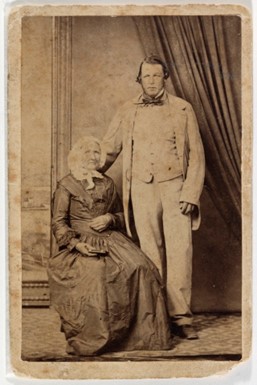
Thomas and Maria Smith owned an orchard at Eastwood, now a Sydney suburb. As a cook, Maria had been experimenting with French crab-apples imported from Tasmania. She dumped the apple cores amongst ferns by a creek on the property.
A cultivar sprung up. However, it appeared to be different from either crab-apples or cultivated varieties on the farm. It looked like the cooking apples she was used to, but the fruit was sweet.
Maria took her new apples to the markets on Sydney’s George Street and sold out.
She died a couple of years later, in 1870. However, by then, other local growers had also planted her apple trees.
In 1890, it was displayed as Smith’s Seedling at the Castle Hill Agricultural and Horticultural Show. A year later it won a prize for the best cooking apple. It was displayed as Granny Smith’s Seedling.
By 1975, Granny Smith apples accounted for 40% of Australia’s apple crop.
The Pink Lady
In 1973 at the Western Australia Department of Agriculture, John Cripps created one of today’s most popular varieties. He crossed a Lady Williams with a Golden Delicious. The resulting apple had the best of each variety. It kept well, like the Lady Williams (which lacked sweetness). It had the sweetness of the Golden Delicious, which didn’t keep well.
His new apple was known as the Cripps Pink. However, it soon became the first apple sold as a registered brand, Pink Lady®.
Almost every season today, there seems to be a new branded apple variety. At the last count, there were over 50 new varieties Jazz™, Bravo®, Kalei®, Eve™, Modi™, Envy™, Rockit™, Kanzi® and Yello™. The list goes on.
These new trademarked varieties are big business. Four years ago, Rich Red Fruits invested $27 million in a new variety named Cosmic Crisp. This will likely appear on shelves with next year’s apple season.
IIF’s apple trees
As well as being enjoyed fresh, apples have found their way into cooking, into science (Isaac Newton) and into cider.
IIF Coop recently offered members the chance to invest in apple trees. The trees are grown by Dave Purcell of Batlow’s The Apple Thief – makers of a celebrated cider.
The trees include the Pink Lady®. And a variety developed in New Zealand and named in honour of another famous lady, Queen Elizabeth – the Royal Gala.
We anticipate that we’ll have more apple offerings for members. If it’s difficult to keep up with the new apple varieties in supermarkets, at least we’ve made it easy for our members to invest in apples.
Photo by Natalie Granger via Unsplash

